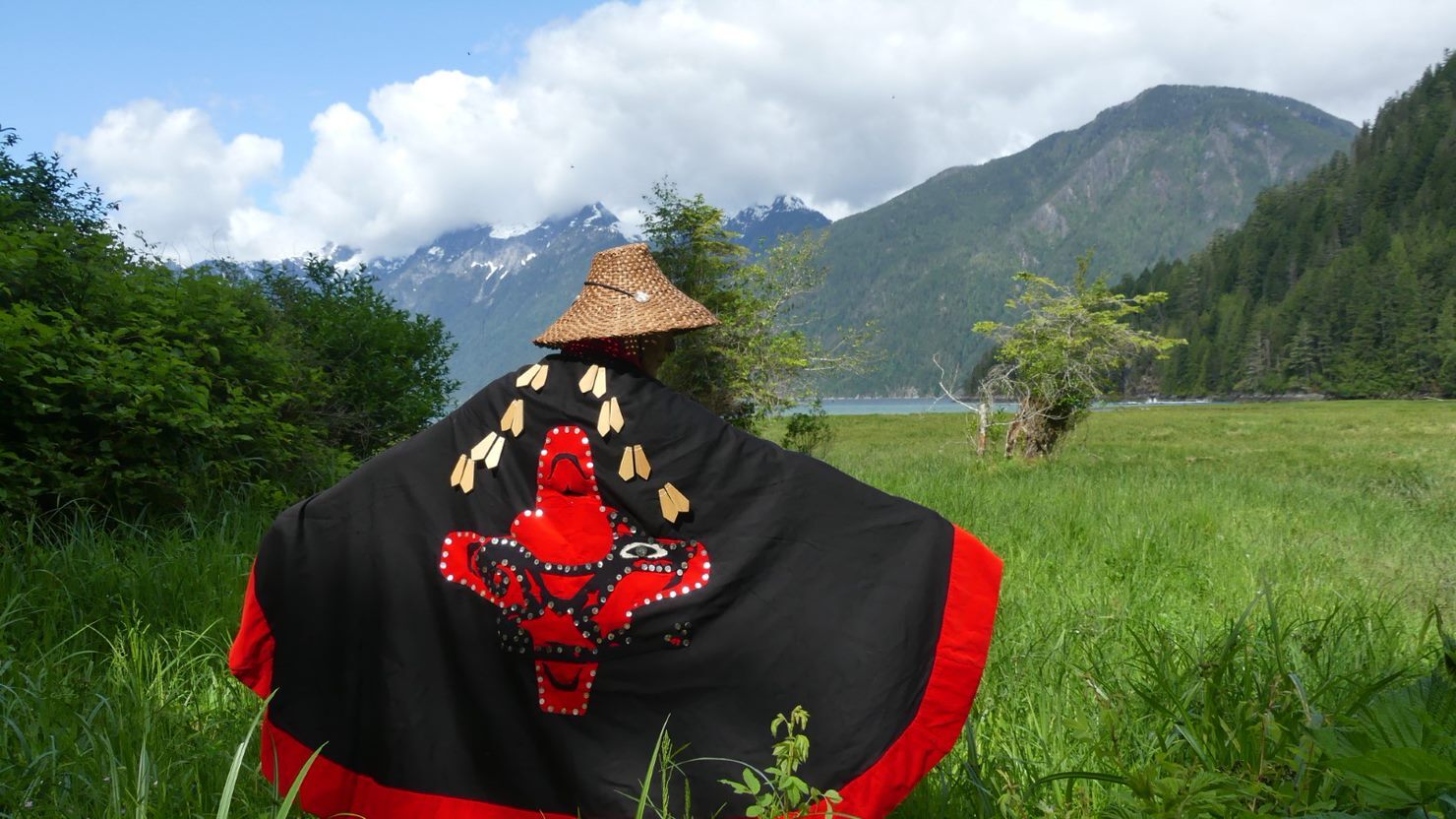
Standing at the end of the ferry jetty, the old man measures me up. I’ve just insulted him, but there’s a look on my face, and a cluelessness in my eyes, indicating I didn’t mean to. I’d been in Canada for a grand total of one week, having landed as a shiny new immigrant with a tremendous amount to learn. I had yet to discover the name of all the provinces and territories. I knew nothing about the history of Upper and Lower Canada, and even less about Indigenous Peoples in Canada. “Are you an Indian?” I had asked the old man, sincerely.
USE THE RIGHT TERM
“The term Indian has been used throughout history as a derogatory term towards Indigenous people, and is considered to be outdated and offensive. The first thing visitors need to understand is the difference between Indigenous, First Nations, Métis and Inuit.” I’m chatting to Ryan Rogers, Communications Manager for the Indigenous Tourism Association of Canada (ITAC), and a member of the Musqueam First Nation in British Columbia. “Indigenous is now the accepted umbrella term that refers to all the Indigenous people in Canada,” he continues. “There are over six hundred First Nations in Canada, along with the Meti, and the Inuit up north. “If you are referring to an Indigenous person’s identity, it is respectful to be as specific as possible. If no self declaration has been made, try to identify the name of their community or nation. If it is still not known, then use Indigenous group names, such as First Nation, Métis or Inuit.”
ITAC helps both Canadian and international visitors discover hundreds of incredible Indigenous experiences around the country. Ryan explains that visitors who learn about the communities they visit ultimately enjoy a more authentic cultural exchange. They can also avoid situations that come across as disrespectful or cause offence, whether the intention is there or not.
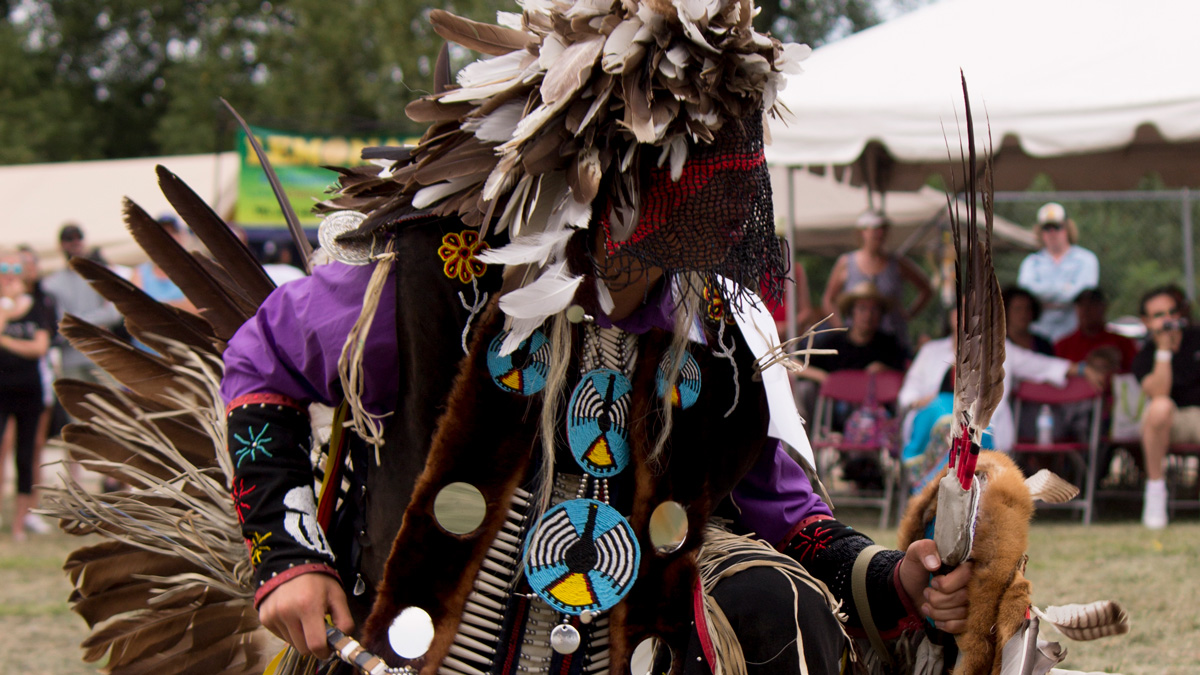
RESPECT THE REGALIA
“A tourist once casually asked me if she could wear the costume of a dancer at a Pow Wow, hoping to take a selfie,” says Ryan. “We see a lot of this during Halloween, when people dress up like an Indigenous person for fun. Our regalia and clothing are not costumes, and it’s insulting and disrespectful to refer to it as such.” Elaborate, handcrafted regalia are a powerful expression with deep cultural significance for the dancer and community, and are typically only worn at ceremonies and dances. There is also a variety of traditional clothing, involving distinct and symbolic weaving, beading, and leatherwork. Ryan advises visitors not touch or try on regalia without asking permission, and it’s disrespectful to view it as an opportunity “to put on a costume for a photo.” An analogy would be like going to a surgeon inside a hospital and asking if you can put on her scrubs to get a selfie. It’s simply not the time or place, and we all need to be sensitive to cultural appropriation.
TATTOO ART
I often see Indigenous symbols and tribal tattoos when travelling around the world, and wondered if that is appropriate in Canada too. No less a figure than Prime Minister Justin Trudeau has a significant Haida artwork – Raven Bringing Light to the World – tattooed below his shoulder, which caused some controversy when it emerged that he hadn’t sought permission from the artists before he got the tattoo for his 40th birthday. When Haida artists Robert and Sara Davidson were first informed of this, they initially “felt more humoured than upset.” However, this changed when the government approved a controversial LNG pipeline in Haida territory. “Traditionally in Haida culture…a tattoo is a statement of the values you stand for. By selecting that image, he [Trudeau] must uphold the responsibilities that come with that image,” Robertson later told CanadianArt Magazine. Ryan confirms that there’s nothing wrong with getting Indigenous art tattooed on one’s body, so long as you get permission from the original artist beforehand.
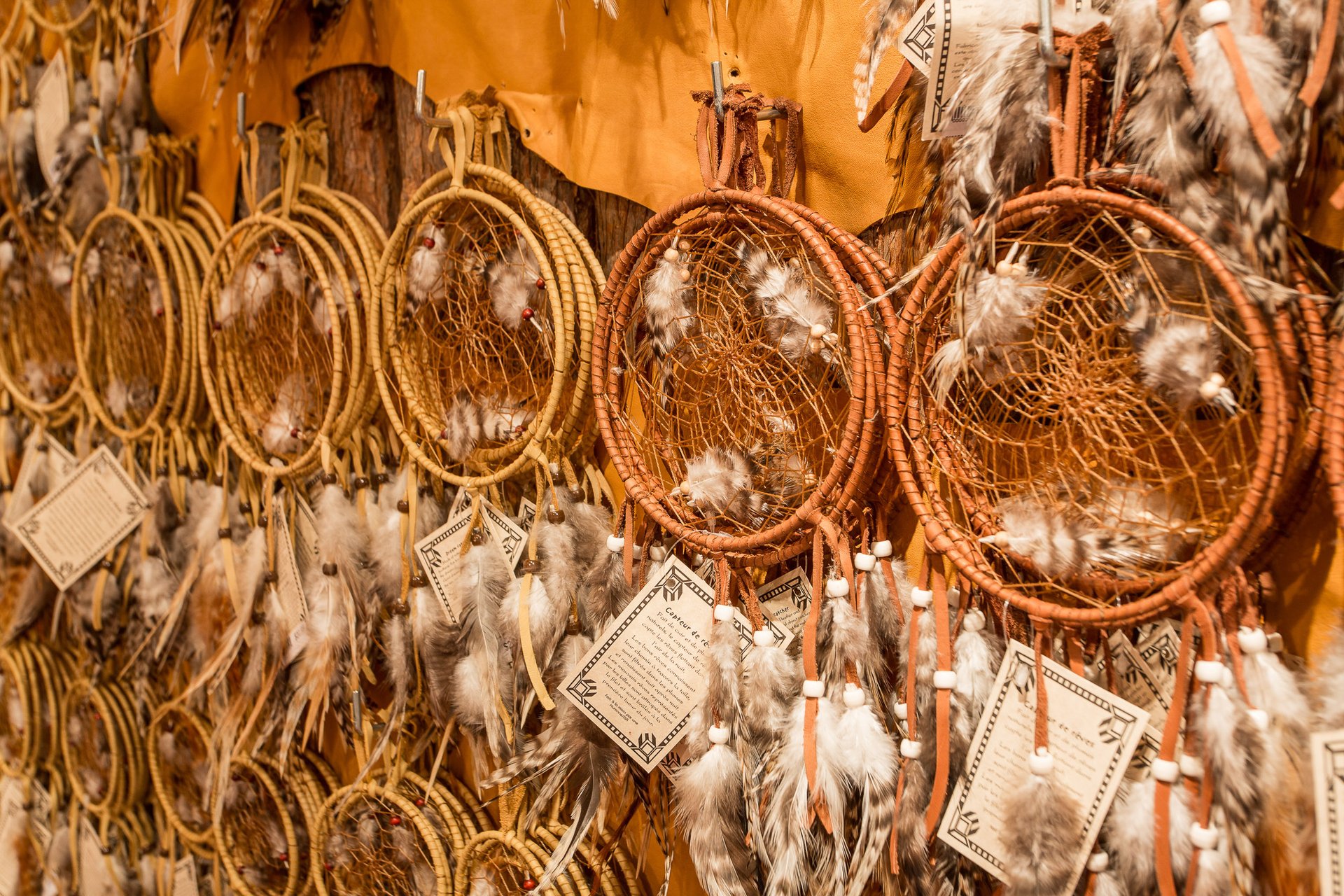
ART, MASKS AND CRAFTS
Indigenous paintings, sculptures, masks and beadwork are highly sought-after by visitors, available in gift shops, galleries, and other stores around the country. “When buying art and crafts, make sure it is Indigenous made, or purchased from an Indigenous-owned store or Indigenous artist,” advises Ryan. Unfortunately, many Indigenous artists and communities are not adequately compensated for their art or culture, with products produced overseas and with profits diverted away from their communities. Masks and carvings have stories, family names and culturally significant symbols, many of which are unique to a particular community. Ideally you should purchase art and crafts from local artists. “Try and find out what the story is behind the art, which makes it more significant, and supports the artist and community,” says Ryan.
TAKING PHOTOS
Tourists around the world often take photos of the different and exotic cultures they encounter, although it is now both respectful and encouraged to do so with permission. “Indigenous culture is rooted in respect and reciprocity. Sometimes a dancer will not want their photo taken in their regalia, which decreases the cultural significance of the regalia,” advises Ryan Likewise, not every member of a community appreciates showing up on social media. Always ask if it’s okay first, and respect whatever answer you receive.
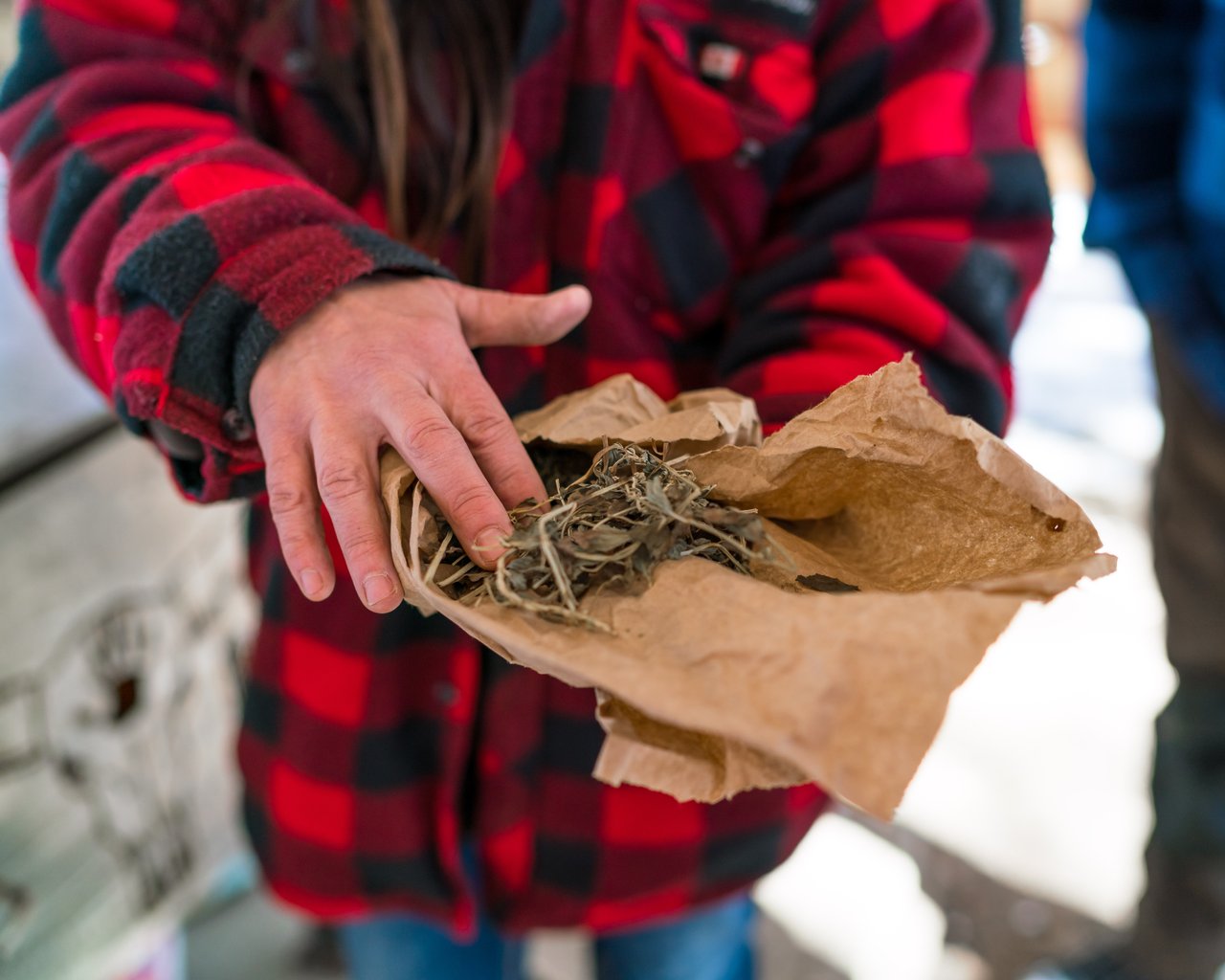
GIFT GIVING
With such a diversity of nations and languages in Canada, it’s no wonder there are different protocols and traditions in the communities you might visit. “There are very few things that are consistent across the country,” says Ryan, “but you will find key values, like our respect for elders, and a deep respect for the land.” In regions like the prairies and central Canada, a tobacco offering serves is symbolic when asking a storyteller, experience provider or elder for traditional knowledge. You’re showing gratitude and respecting them for sharing their time and wisdom.
POW WOWS
Pow Wows are events that bring together Indigenous communities across the country in a cultural celebration of tradition, art, music, dance, and song. Communities gather at dozens of vibrant Pow Wows to honour their heritage, strengthen bonds, and share their culture. For visitors, it’s a thrilling spectacle to witness first-hand, especially if you show up knowing a few tips beforehand (See TIPS FOR VISITING A POW WOW below).
A LIVING HISTORY
“It gets me from zero to a thousand in lividness when we’re called a theme restaurant,” Inez Cook tells me inside her popular Vancouver restaurant. Salmon n’ Bannock is the only Indigenous restaurant in the city, with a unique menu of dishes that incorporates ingredients native to the region, creatively adapted for discerning and adventurous urban palettes. “Japanese or Italian food is not a theme. Indigenous is not a theme. We are living cultures.”
Ryan echoes her frustration. “Many people think Indigenous people are from the past, that our culture is dead and we belong in museums. It’s important to understand that we are resilient, we’ve adapted, and our culture is still thriving and actively practiced in communities.”
READ MY CANADIAN GEOGRAPHIC COLUMN: Wendake: Illuminating the past, present and future of Indigenous tourism
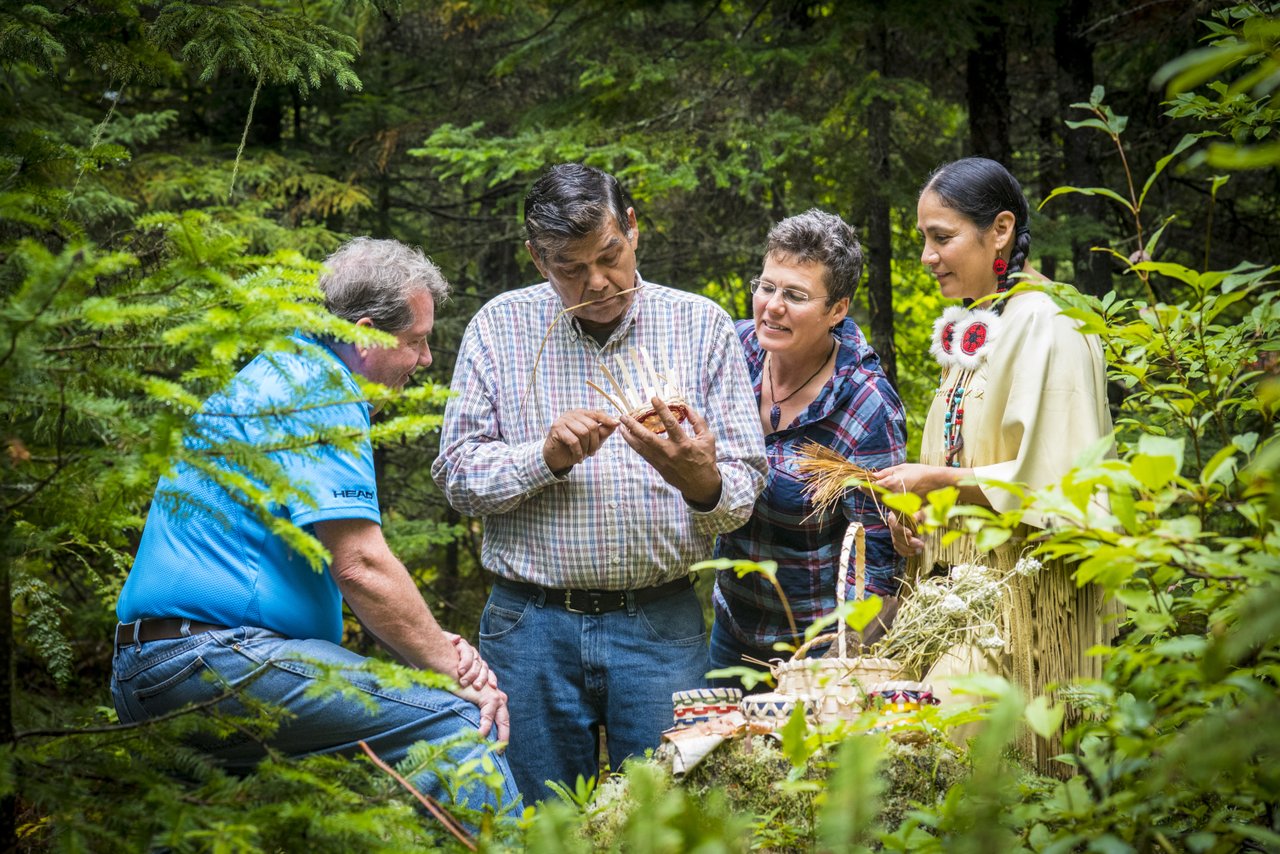
EDUCATE YOURSELF
Above all else, the Indigenous Tourism Association of Canada wants to encourage visitors and guests to learn more about Indigenous history and traditions in Canada. This stretches from time immemorial to the more recent impact of colonialization, the reserve system, residential schools, Indian Act, and Truth and Reconciliation Committee. “It will help explain the reasons behind any harsh social conditions that visitors might encounter,” says Ryan. Context is essential when hearing stories about drug abuse, high suicide rates, dry communities, or challenging housing conditions. Learning more about communities and destinations you visit before you visit creates a more thoughtful, rewarding experience.
The old man told me he was part of the First Nations, the people who have lived in this region of British Columbia from the earliest of times. He asked me where I was from, and how long I had been in Canada. I explained I had only recently immigrated from South Africa to Vancouver. He smiled. “Welcome. There is place for all of us here.” He wandered off to his car, leaving me with a lot questions, curiosity, and a vivid memory of my first Indigenous encounter.
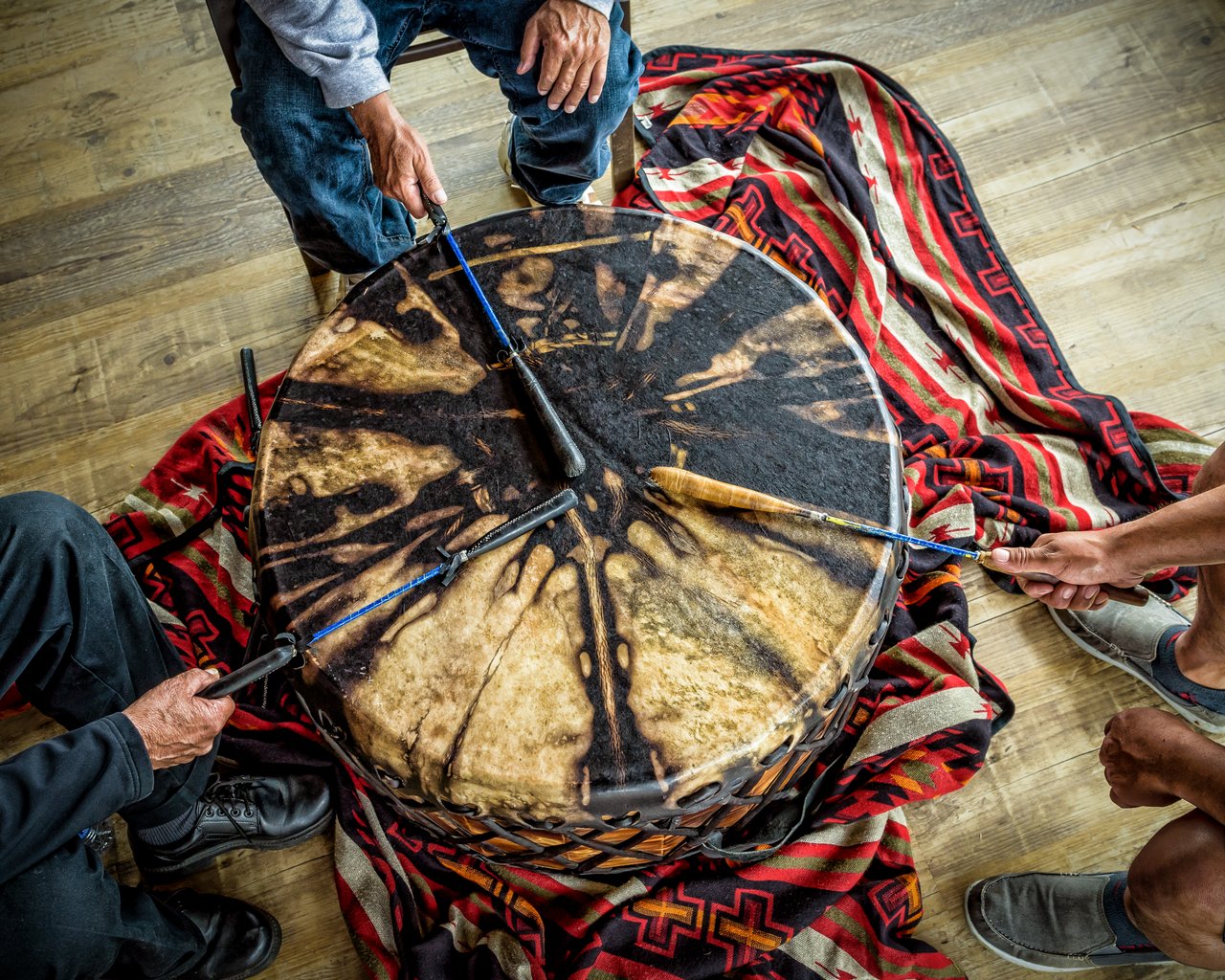
TIPS FOR VISITING A POW WOW
- Arrive punctually to avoid missing significant moments, including the opening and Grand Entry.
- Dress modestly for the ceremony. In warm weather, a t-shirt and shorts are acceptable.
- Show reverence for the Grand Entry and Opening Prayer, led by an Elder.
- Ask for consent before taking pictures: Note that certain ceremonies and prayers should not be photographed.
- This is a cultural event, not a party: The use of alcohol and drugs is strictly prohibited.
- Pay attention to the announcers to know when to sit, stand, or participate in the dance.
- Understand the difference between traditional ceremonies and competitive performances.
- Show respect to elders or dancers by offering tobacco before posing a question.
- Support Indigenous artisans and vendors, contributing to their families and communities.
- Regalia is a deeply significant form of expression: ask for permission before touching or taking pictures of regalia.
- Ask questions: if you’re not sure what’s going on, simply ask those around you.
